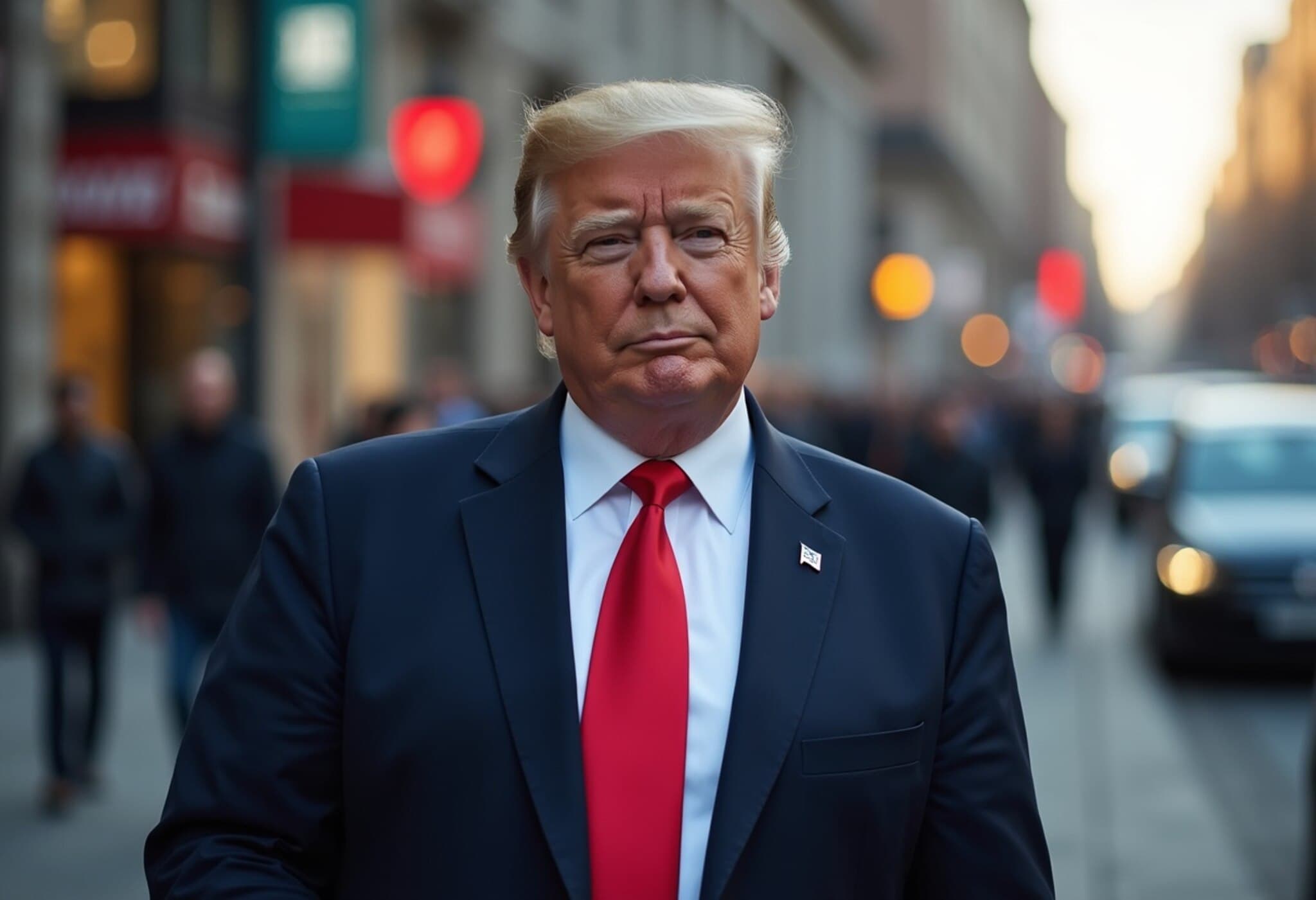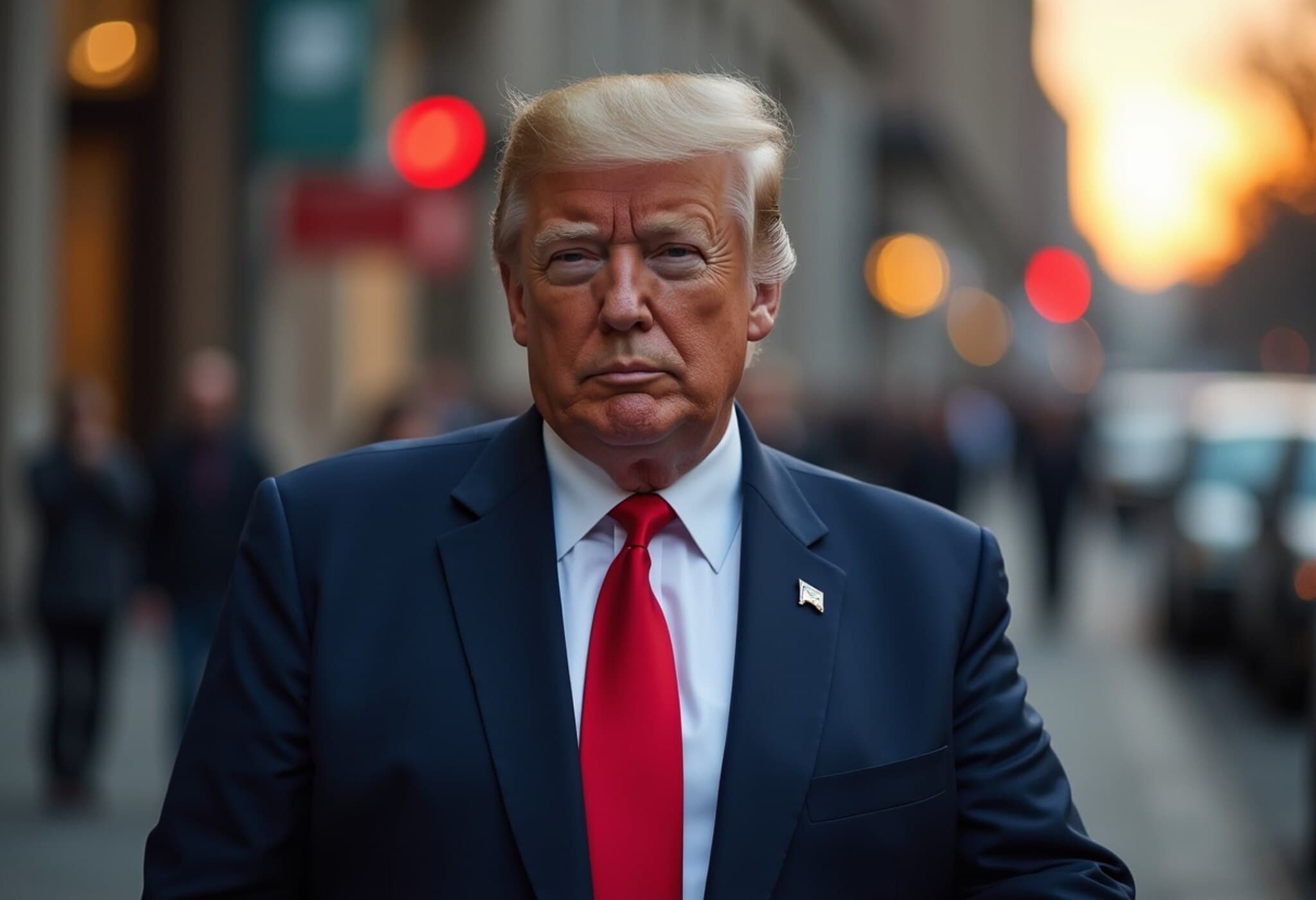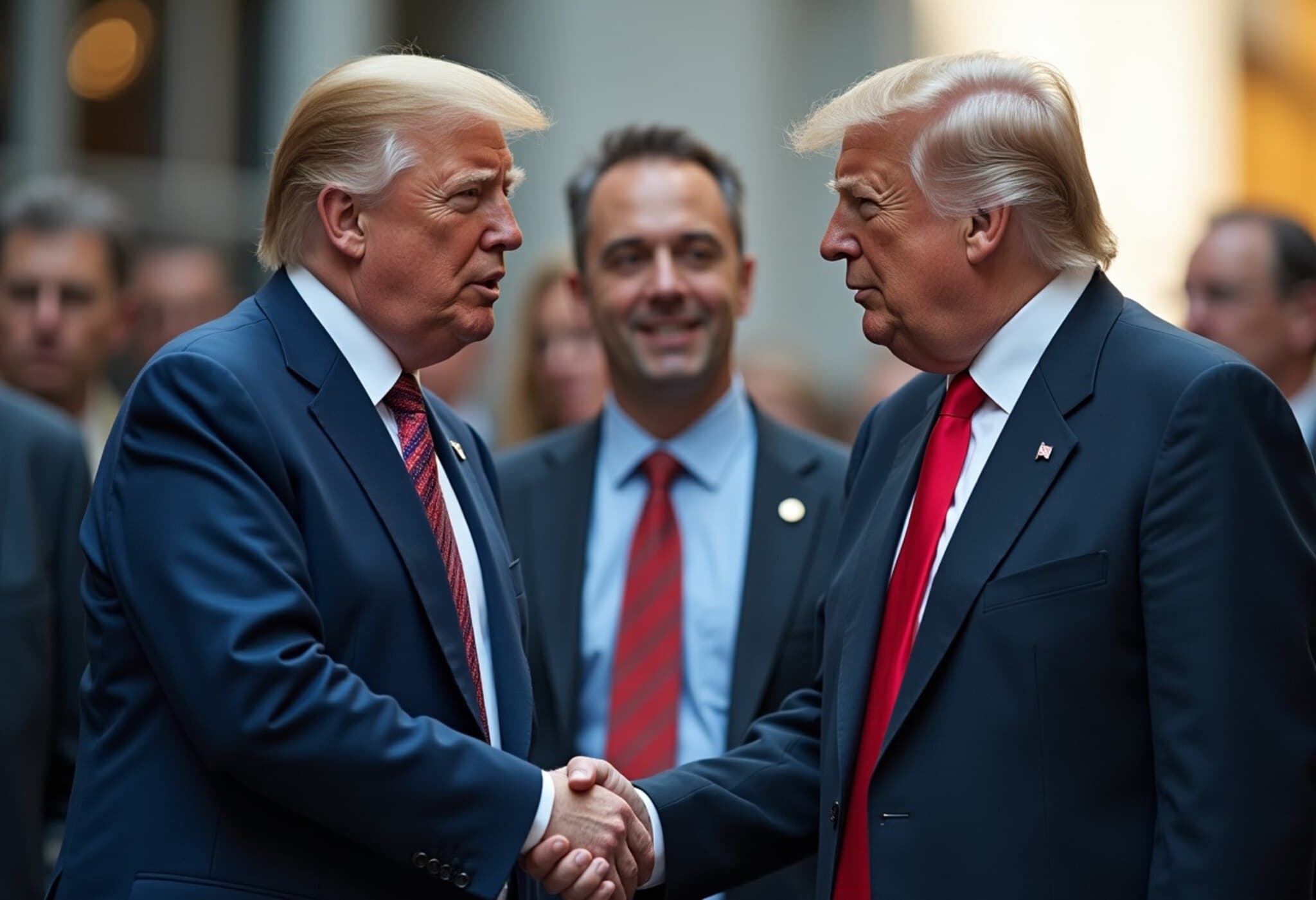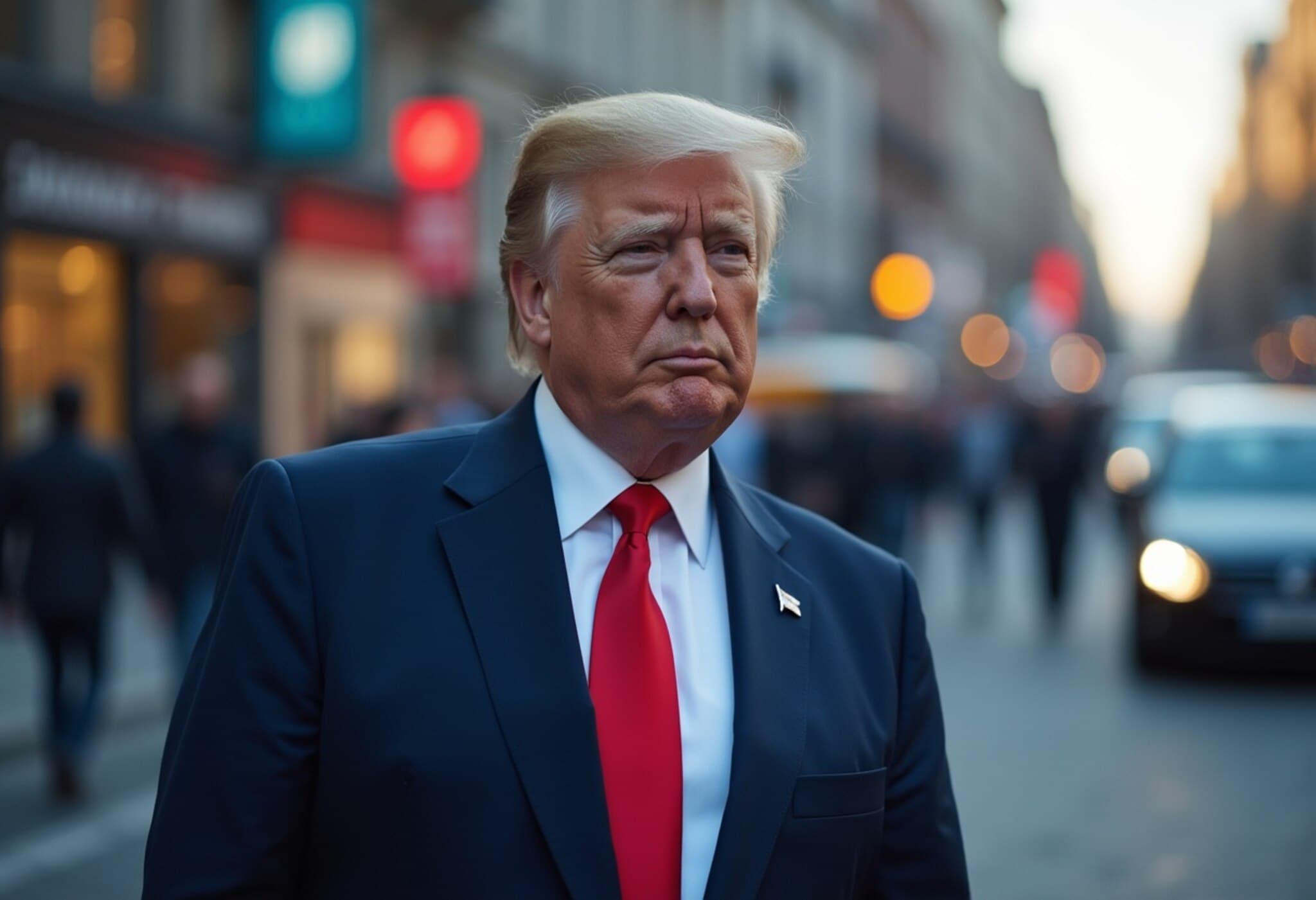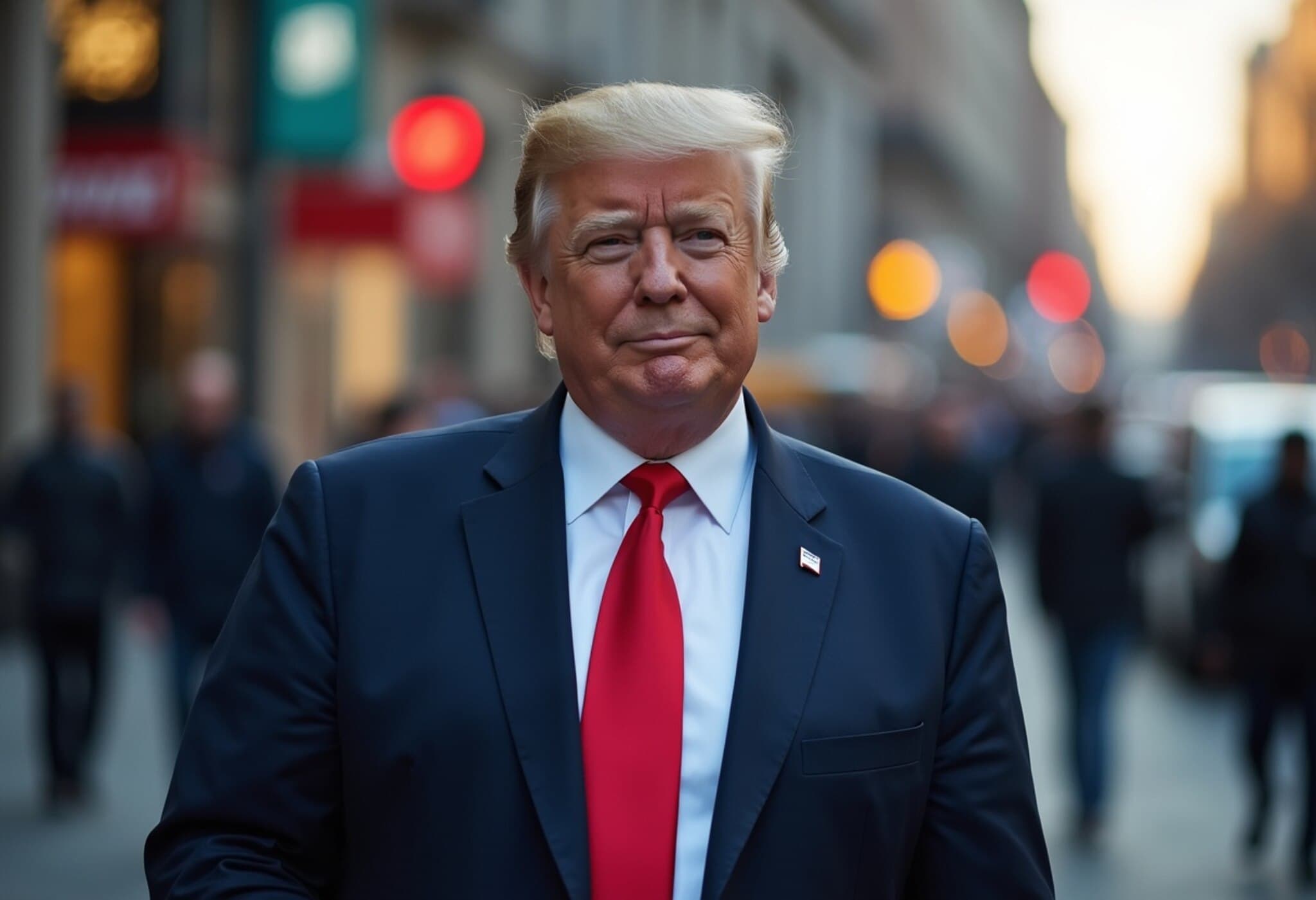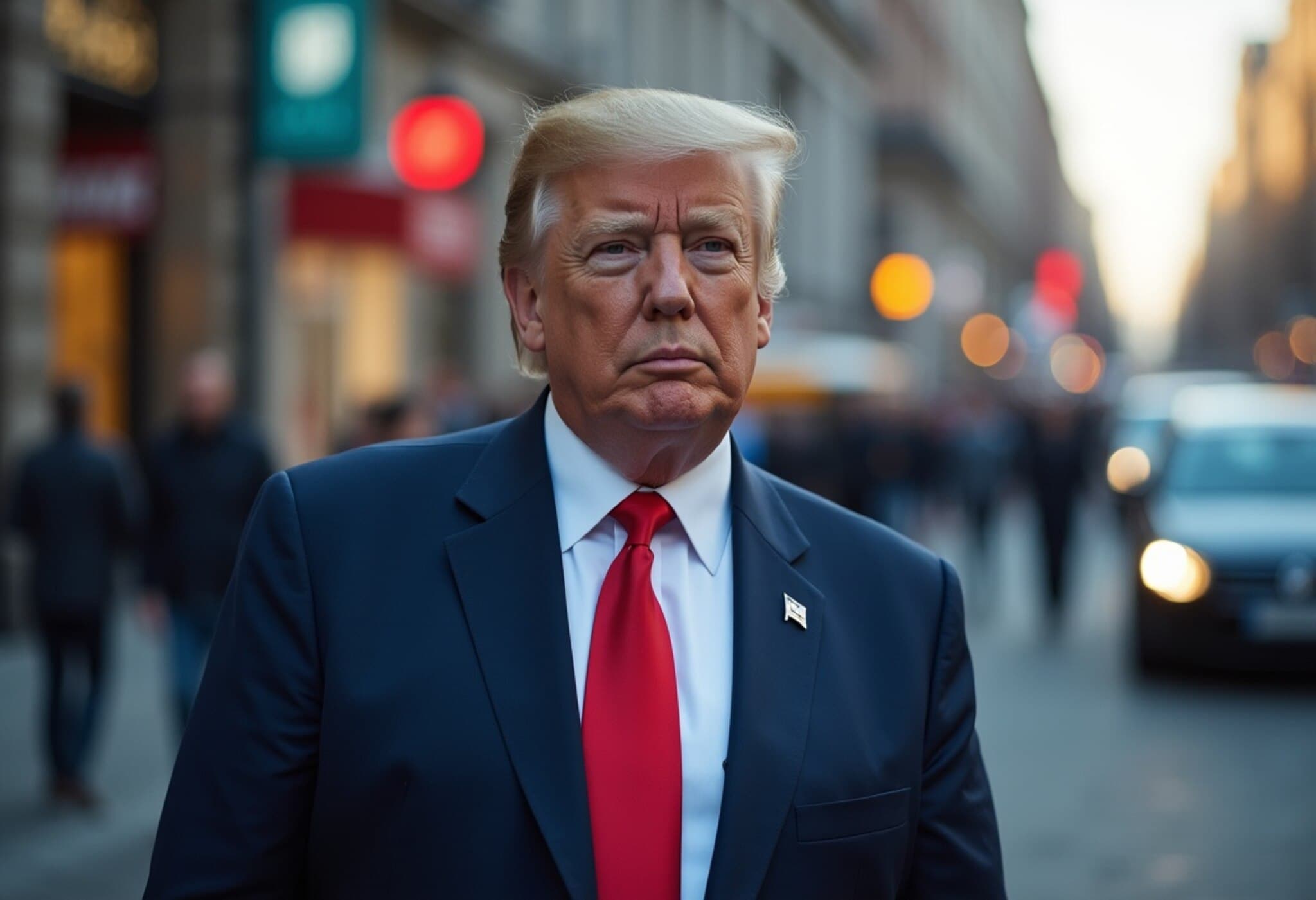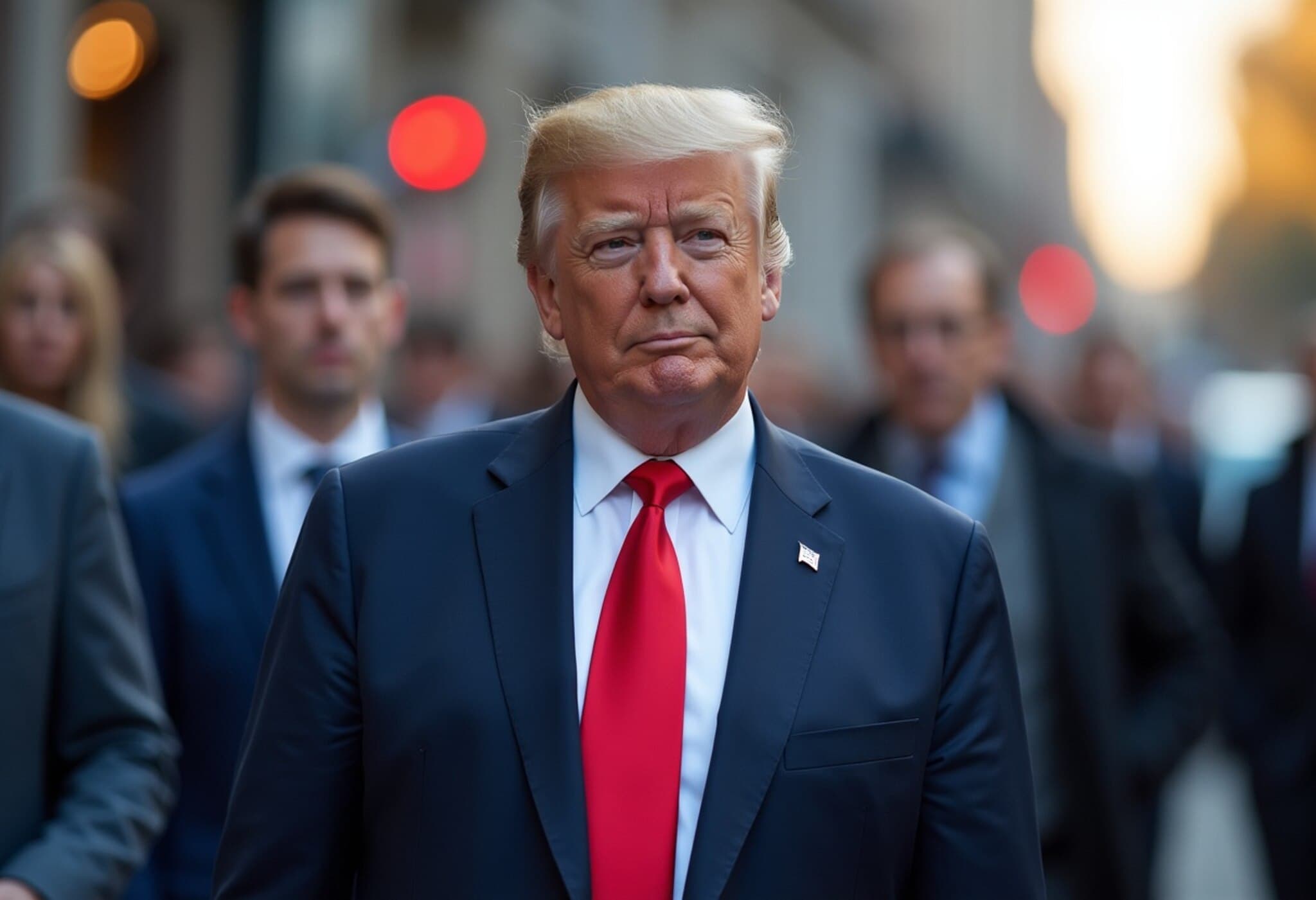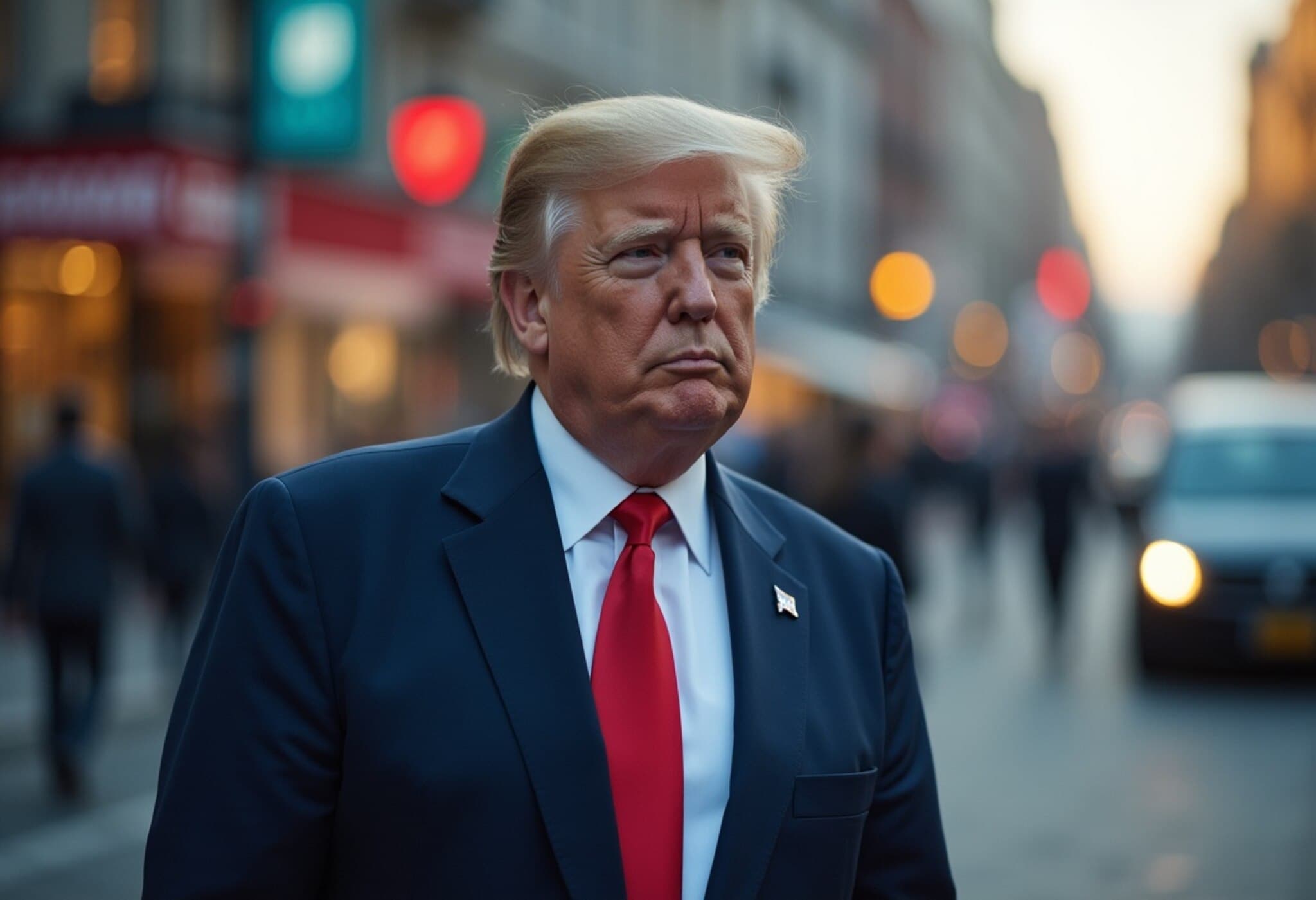European Union Removes Tariffs on U.S. Industrial Products
In a significant move to strengthen transatlantic trade relations, the European Union has formally proposed eliminating tariffs on U.S. industrial goods. This measure aims to incentivize reciprocal tariff cuts on American imports of European automobiles, effective retroactively from August 1, 2025.
Background of the EU-U.S. Trade Agreement
The proposal, announced by the European Commission—the EU’s executive branch—fulfills a central component of the recently negotiated U.S.-EU trade framework. Following weeks of intense diplomatic negotiations, both trade partners agreed to recalibrate tariffs to facilitate smoother market access and restore stability.
Specifically, the Commission underscored that removing duties on industrial goods, along with granting favorable market terms for select U.S. seafood and agricultural products, would pave the way for the United States to reciprocate by reducing tariffs on European cars. This reduction is designed to kick in retroactively from August 1, aligning with the EU’s legislative timeline.
Why This Matters: Economic and Policy Implications
The reciprocal tariff adjustments represent a strategic effort to revive confidence and predictability in one of the world’s most valuable trade relationships. Transatlantic commerce supports millions of jobs and billions in annual trade, so reducing tariff barriers can lower costs for businesses and consumers alike.
For the U.S., easing industrial goods tariffs opens new opportunities for American manufacturers in European markets, enhancing competitiveness especially in high-value sectors like chemicals, machinery, and technology components.
Meanwhile, European carmakers—who faced earlier threats of steep U.S. auto tariffs—can breathe easier with assured tariff relief, protecting a vital sector integral to the EU’s industrial base and employment.
Key Provisions and Trade Commitments
- Tariff removal on U.S. industrial goods by the EU, ensuring mutual tariff relief.
- Tariff cuts on EU autos imported into the U.S., effective retroactive to August 1, 2025.
- Preferential access for selected U.S. agricultural and seafood products to EU markets.
- The EU’s pledge to import $750 billion worth of U.S. energy and at least $600 billion of other American goods.
These commitments were crafted to stabilize trade ties following earlier uncertainties, including threats of tariffs up to 25% on European automobiles under the prior U.S. administration’s policies. President Biden’s administration has opted for a collaborative, negotiated approach rather than unilateral tariffs, recognizing the importance of the U.S.-EU economic partnership.
Next Steps and Legislative Outlook
The European Parliament and Council must now approve the Commission’s proposed tariff removals. Given the diplomatic groundwork already laid, industry analysts expect smooth passage, enabling both sides to implement the agreed tariff reductions promptly.
Experts note that this trade framework could set a precedent for future U.S.-EU cooperation, encouraging joint approaches to emerging supply chain challenges, digital trade regulations, and environmental standards.
Expert Commentary: Navigating Complex Trade Waters
Trade policy analyst Dr. Maria Jensen observes, "This agreement balances economic pragmatism with political sensitivities. By lifting tariffs on industrial goods, the EU leverages its market access to secure vital constancy in auto trade—a sector that has long been a flashpoint. It signals a maturing trade relationship focused on shared growth and strategic alignment."
Economist James Turnbull adds, "Reducing tariffs on both sides reduces uncertainty and costs. However, stakeholders should closely monitor the implementation to ensure no unintended disruptions in supply chains, particularly for auto manufacturing and energy sectors heavily intertwined across the Atlantic."
Conclusion
This development exemplifies how sustained dialogue and mutual concessions can defuse potential trade conflicts, fostering a global economic environment less marked by unpredictability and protectionism. The agreed tariff cuts underscore the importance of transatlantic cooperation in maintaining prosperous, stable markets.
Editor’s Note
As the European Parliament and Council prepare to vote on this landmark tariff adjustment, the big question remains: Will this framework pave the way for deeper U.S.-EU economic integration or will it simply provide temporary relief amid broader geopolitical tensions? Observers should watch closely how industries on both sides benefit from these changes and what steps follow to address other trade frictions.



